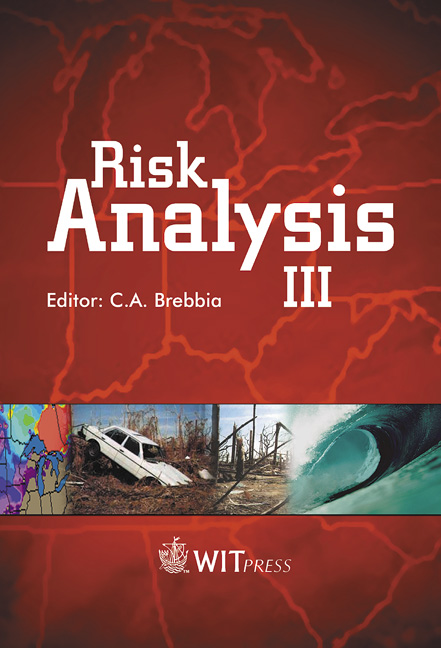Application Of Neuro-fuzzy Techniques To Predict Ground Water Vulnerability
Price
Free (open access)
Transaction
Volume
31
Pages
Published
2002
Size
778 kb
Paper DOI
10.2495/RISK020481
Copyright
WIT Press
Author(s)
B. Dixon
Abstract
There is a need to develop new modeling techniques that assess ground water vulnerability with less expensive data and robust when data are uncertain and incomplete. The specific objectives of this research were to (i) loosely couple Neuro-fuzzy techniques and GIS to predict ground water vulnerability in a relatively large watershed, (ii) examine the sensitivity of the Neuro-fuzzy models by changing training parameters, and (3) determine the effects of the size of the training data sets on model predictions. The Neuro-fuzzy models were developed in a JAVA platform using four plausible parameters that are critical in transporting contaminants in and through the soil profile. The models were validated using nitrate-N contamination data. Neuro-fizzy approaches were sensitive to training parameters and scale/size of the training data set. The proposed methodology has potential in facilitating ground water vulnerability modeling at a regional scale, but would require incorporation of appropriate input parameters suitable for the region. Introduction Contamination of ground water by agricultural chemicals has become a major concern. Since testing of water quality of all domestic and irrigation wells within large watersheds is not economically feasible, delineation of those wells within highly vulnerable ground water areas will be useful for regulatory agencies. One frequently used monitoring strategy is to develop maps of the vulnerable areas of ground water and prioritize those wells located in those vulnerable areas for testing for agricultural contaminants. However, generation of vulnerability maps
Keywords





